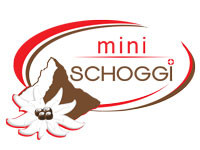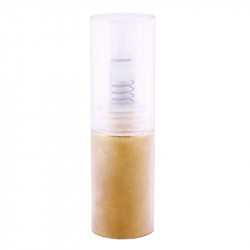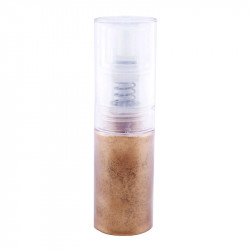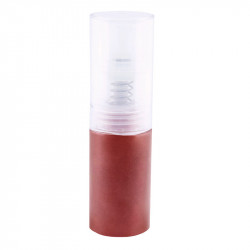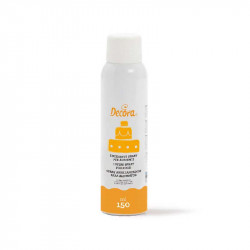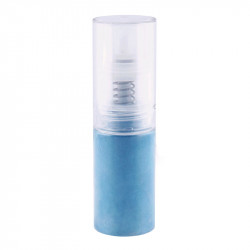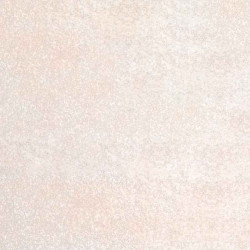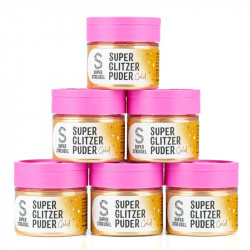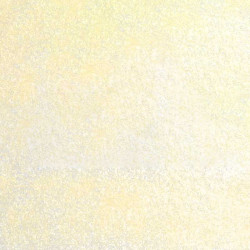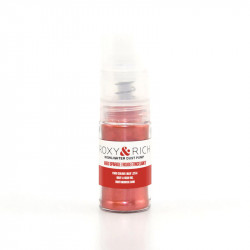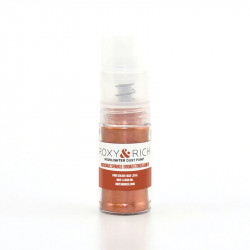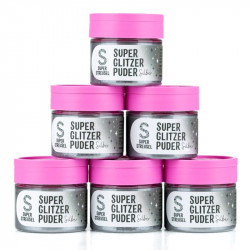-
MenuBack
-
Online Store
-
-
-
-
-
Leer
- Couverture
- Temperature control units
- Aids for chocolate
- Chocolate molds
- Praline fillings
- Chocolate ingredients
- Praline hollow body
- Chocolate colors
- Chocolate tattoos
- Chocolate packaging
- Bean to Bar
- Material for cutting chocolates
- Batons with Kirsch
- Airbrush for chocolate
- High Heels Accessories
- Textured films for chocolate
- Chocolate fountain & fondue
-
-
-
-
-
Kuchen & Torten
- Cakes Fillings & Ingredients
- Fondant & Marzipan
- Cakes tools
- Cake rings
- Silicone molds
- Baking pans for cakes
- Cake stand
- Cakes packaging
- Airbrush for cakes
- Sugar flowers accessories
- Cake Topper & Wedding Figurines
- Cakes dummies
-
-
-
-
-
-
-
-
-
-
-
-
-
-
-
-
-
-
-
-
-
-
-
Füllungen
- Baking chocolate
- Glucose & Sorbitol
- Cocoa beans
- Cocoa nibs
- Monin syrup
- Champagne & Alcohols
- Freeze dried fruits
- Cake & cake glaze
- Flours & baking ingredients
- Chocolate coating & chocolate
- Milk powder
- Granules
- Nuts & Nougat
- Fruit puree
- Creams & Fillings
- Egg yolk & egg white
- Fruit powder
- Special ingredients
- Fondant & Flower Paste
-
-
-
-
-
-
-
- Punching, cutting & embossing
- Mixing bowls & whisks
- Chocolate material
- Thermometer & Burner
- Gloves & Protective Material
- Smoothing & Modeling
- Roll out bar
- Dough scraper & horn
- (Flour) sieves
- Cake turntable
- Spatula & Spatula
- Silicone embossing molds
- Insert strips & cake slices
- Brushes & Tweezers
- Measuring cup
-
-
-
-
-
-
-
-
-
Ausstechformen
-
-
-
-
-
-
-
-
-
Courses
-
-
kurse
- Current courses
- Praline courses
- Chocolate courses
- Chocolate kiss course
- Macaron courses
- Cake courses
- Baking courses
- Patisserie courses
- Ice cream course
- Guetzli, Cookie & Confectionery Courses
- Bread courses
- Pasta courses
- Apéro course
- Cupcakes courses
- Éclair course
- Courses in Zurich - Adliswil
- Children's courses
-
-
- Team Events
- Hen Night
- Retail Store
-
About Us
-
-
-
DirectionsDownload relevant PDF now.
-
-
-
Recipes blog
-
-
Recipes Blog
-
-
-
Shipping and Payment
-
-
Versand/Zahlung/Impressum
-
-
- Online Shop
-
- Novelties
- Sale
- Chocolate and chocolates
- Couverture
- Temperature control units
- Aids for chocolate
- Chocolate molds
- Praline fillings
- Chocolate ingredients
- Praline hollow body
- Chocolate colors
- Chocolate tattoos
- Chocolate packaging
- Bean to Bar
- Material for cutting chocolates
- Batons with Kirsch
- Airbrush for chocolate
- High Heels Accessories
- Textured films for chocolate
- Chocolate fountain & fondue
- Couverture
- Gifts Cards
- Stencils & Stencils
- Cakes & Pies
- Ice cream
- Bread
- Macarons
- Hearty
- Recipe booklets & books
- Cupcakes
- Dessert
- Cake Pops
- Edible decorations
- Fillings & Ingredients
- Glucose & Sorbitol
- Cocoa beans
- Baking chocolate
- Cocoa nibs
- Monin syrup
- Champagne & Alcohols
- Freeze dried fruits
- Cake & cake glaze
- Milk powder
- Flours & baking ingredients
- Chocolate coating & chocolate
- Granules
- Nuts & Nougat
- Fruit puree
- Creams & Fillings
- Egg yolk & egg white
- Fruit powder
- Special ingredients
- Fondant & Flower Paste
- Food Colors
- Auxiliary means
- Spouts & piping bags
- Fondant, marzipan, flower paste
- Bakeware
- Aprons & Potholders
- Cookie cutters
- Season
- Candles
- Party accessories
- Tableware
Glitter & Mica
There are 11 products.
Active filters
What is the difference between edible glitter and edible mica?
Edible glitter and edible mica are often used as decorative elements in food, but they have some differences:
1. Material: Edible glitter is usually made of food coloring and sugar or similar ingredients that are crushed into small pieces to create a glittery effect. Edible mica, on the other hand, is made from a special edible paper coated with edible gold foil or other metallic dyes.
2. Texture: Edible glitter has a crystalline or sandy texture, similar to conventional glitter. Edible mica, on the other hand, is thin and light, similar to gauzy paper.
3. Application: edible glitter is often used as toppings or decorations on foods such as cakes, cupcakes, pastries, ice cream, etc. Edible mica is mainly used on chocolates, chocolate pieces or other desserts to give them a luxurious metallic look.
4. Digestibility: Since edible glitter is made of edible ingredients, it can be consumed without hesitation. Edible mica is also edible, but due to its thin coating, it is not normally digested by the body and passes through the digestive tract unchanged.
It is important to note that not every glitter or mica on the market is edible. It is advisable to opt for products that are specifically labeled as edible to ensure they meet food safety standards.
What is an edible glitter made of?
An edible glitter usually consists of food ingredients that are safe for consumption. These ingredients can vary by manufacturer, but typically consist of powdered sugar, food coloring, and/or edible metallic or shimmering particles such as edible silver or gold embellishments. It is recommended to check the ingredient list on the glitter's packaging to make sure it does not contain any undesirable ingredients.
What is edible mica made of?
Edible mica usually consists of edible starch, such as potato starch or tapioca starch, which has been processed with food colorants and/or brighteners such as titanium dioxide. Sometimes edible glitter particles are added to give the mica a sparkling effect. It is important to note that edible mica is safe for consumption and is specifically designed for use in food.
For which baked goods or food products do I need edible glitter or mica?
Edible glitter or mica can be used on various baked goods and food products to give them a decorative sparkle. Here are some examples:
1. Cupcakes and cakes: Sprinkle edible glitter or mica on the surface of cupcakes or cakes to give them a sparkling effect.
2.. cookies: brush edible glitter or mica onto icing or frosting on cookies to give them a shiny texture.
3. chocolate: mix edible glitter or mica into melted chocolate and pour into molds to make glittery chocolate figurines or plates.
4. drinks: Sprinkle edible glitter on cocktails or mocktails to give them a sparkling effect.
5. Sweet snacks: Sprinkle edible glitter on popcorn, candy bars, candies or other sweet snacks to give them an extra sparkly touch.
It is important to make sure that the glitter or mica you use is safe for consumption and does not contain harmful ingredients.
What is the best way to apply an edible glitter and mica to my manufactured products?
If you want to apply edible glitter or mica to your manufactured products, there are several ways to do it. Here are some suggestions:
1. Food coloring with glitter: You can buy food coloring that already contains glitter and apply it directly to your products. Use a brush or sponge to apply the amount of color you want.
2. Food-safe glitter or mica: Buy edible glitter or mica that is specifically made to be eaten. You can get these in loose form or as a spray mist. Carefully apply the glitter to your products with a brush or spray bottle.
3. Food Glue: Use a special food glue to set the glitter on your products. Apply the glue to the desired areas with a brush or cotton swab and then sprinkle the glitter on top.
Make sure that the glitter or mica you use is suitable for use on food and does not contain harmful ingredients. Also note that the glitter or mica may not stay on for long and may come off over time.
